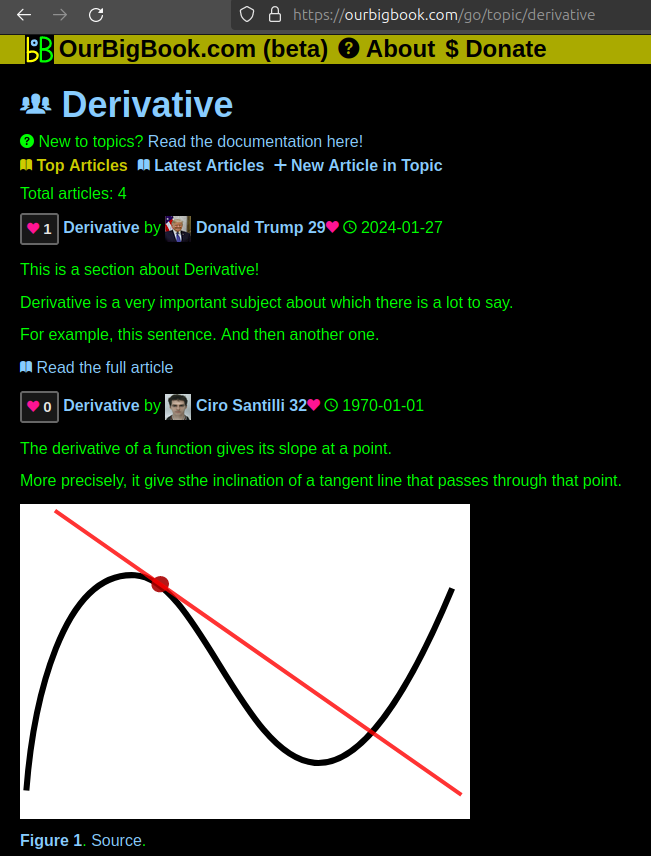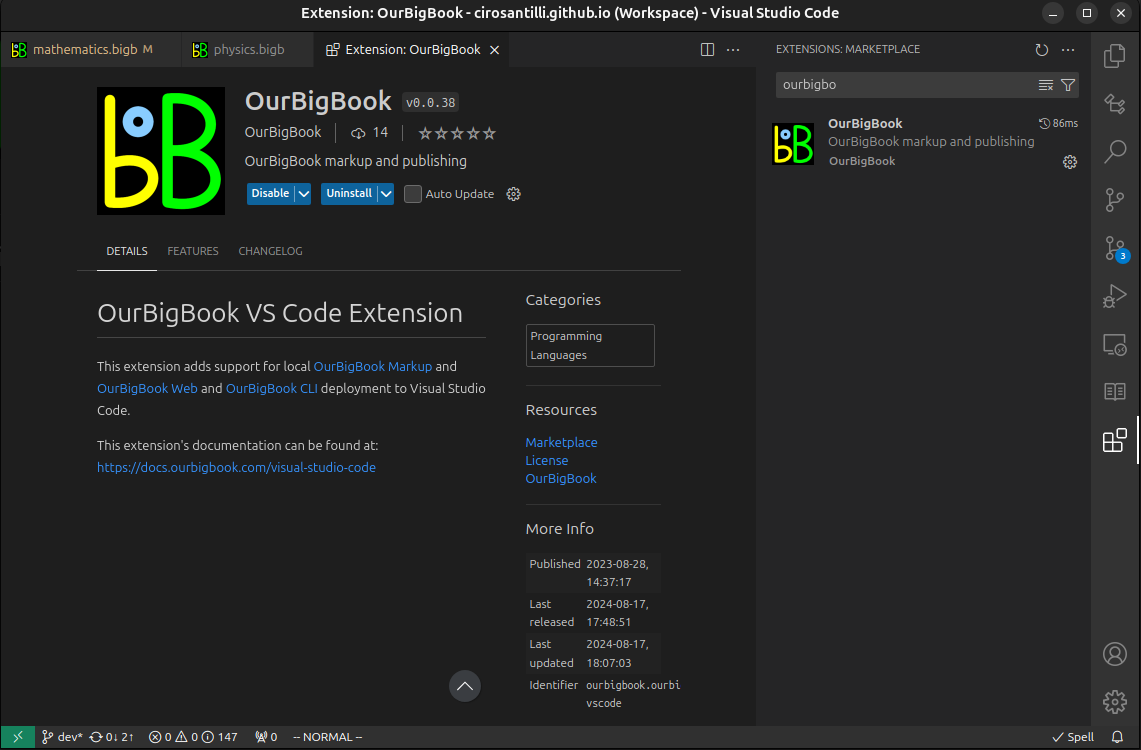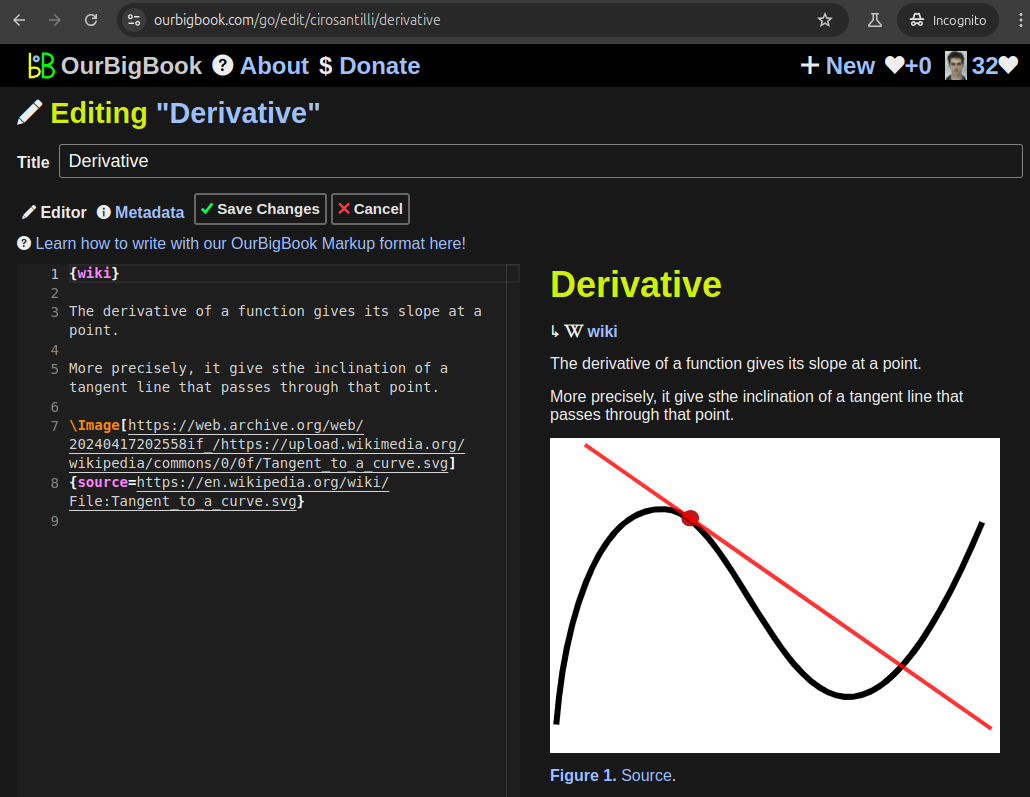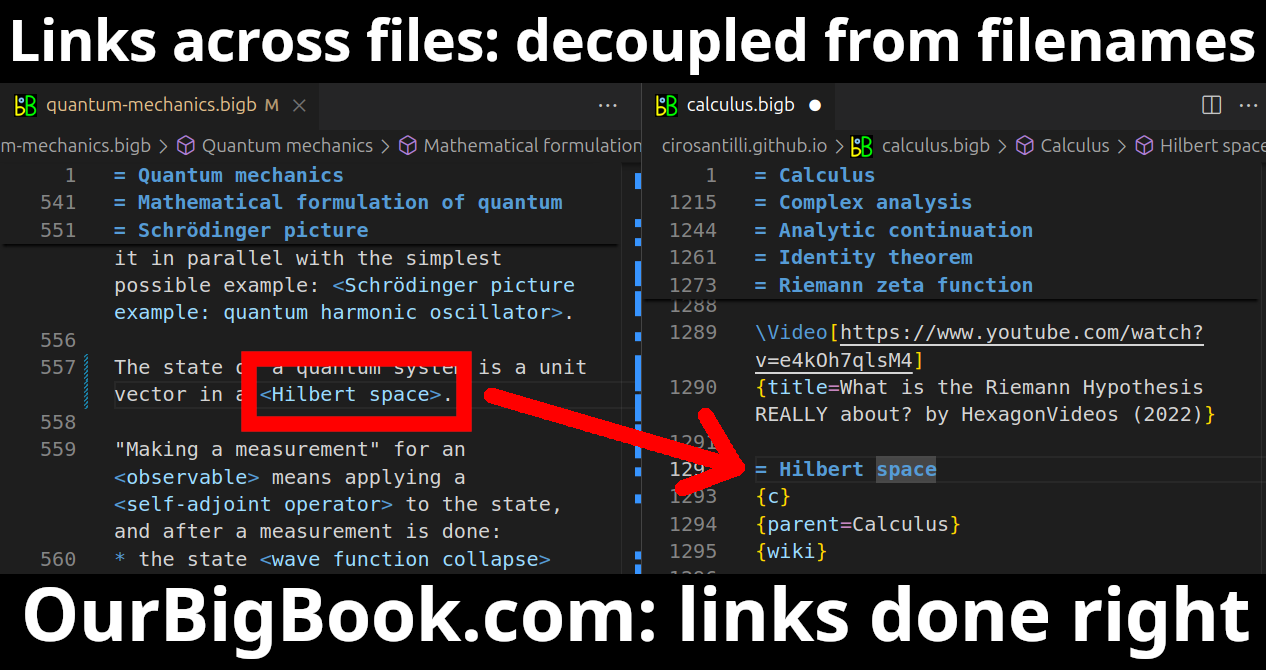The 19th century was an important period for physics in Switzerland, marked by several notable Swiss physicists who made significant contributions to various fields. Here are a few prominent figures: 1. **Jean-Baptiste Pierre Antoine de Monet, Chevalier de Lamarck (1744-1829)** - Although primarily known for his work in biology and the development of the theory of evolution, Lamarck had a background in physics and natural sciences.
Faouzia Charfi, commonly known as Faouzia, is a Moroccan-Canadian singer-songwriter known for her powerful vocals and fusion of pop and Arabic music. Born on July 5, 2000, in Casablanca, Morocco, she moved to Canada at a young age and has gained international recognition for her music. Faouzia often blends various musical styles and incorporates themes of love, empowerment, and personal growth in her lyrics.
Structural biologists are scientists who study the molecular structure of biological macromolecules, such as proteins, nucleic acids, and complex assemblies like ribosomes and viruses. Their primary aim is to understand the three-dimensional shapes and arrangements of these molecules, as well as how these structures relate to their functions in living organisms.
Ali Khamenei, the Supreme Leader of Iran, issued a fatwa (religious decree) in 2003 declaring the development, production, and use of nuclear weapons to be against Islamic principles. The fatwa emphasizes the belief that such weapons are contrary to ethical and humanitarian values, and it reflects Iran's stance on the perceived legitimacy of possessing nuclear capabilities for defensive purposes while renouncing nuclear armament.
The term "21st-century Taiwanese physicists" generally refers to physicists from Taiwan who have made significant contributions to the field of physics in the 21st century. Taiwan has a vibrant scientific community, and many researchers have gained international recognition for their work across various branches of physics, including condensed matter physics, particle physics, astrophysics, and materials science.
Hatice Altug is a prominent figure in the field of quantum optics and photonics. She is known for her contributions to various areas of research including quantum information science and the development of photonic devices. Altug's work often focuses on the interaction between light and matter at the nanoscale, which has implications for technologies such as quantum computing, sensing, and imaging.
The term "Israeli physicists" refers to physicists who are from Israel or are of Israeli nationality, who are engaged in the field of physics. This includes researchers, academics, and professionals who work in various branches of physics, including theoretical physics, experimental physics, and applied physics.
"Sri Lankan physicists" refers to scientists from Sri Lanka who specialize in the field of physics. This group includes researchers, academics, and professionals engaged in various areas of physics, such as theoretical physics, experimental physics, applied physics, and other subfields. Sri Lankan physicists may work in universities, research institutions, and industries, contributing to advancements in knowledge and technology both locally and internationally.
Leif Bjørnø is a Danish artist known for his work in the field of ceramics. He is particularly recognized for his innovative approach to pottery and has contributed significantly to the contemporary ceramic arts scene. Bjørnø's pieces often combine traditional techniques with modern design aesthetics, resulting in unique functional and decorative ceramics.
Pinned article: Introduction to the OurBigBook Project
Welcome to the OurBigBook Project! Our goal is to create the perfect publishing platform for STEM subjects, and get university-level students to write the best free STEM tutorials ever.
Everyone is welcome to create an account and play with the site: ourbigbook.com/go/register. We belive that students themselves can write amazing tutorials, but teachers are welcome too. You can write about anything you want, it doesn't have to be STEM or even educational. Silly test content is very welcome and you won't be penalized in any way. Just keep it legal!
Intro to OurBigBook
. Source. We have two killer features:
- topics: topics group articles by different users with the same title, e.g. here is the topic for the "Fundamental Theorem of Calculus" ourbigbook.com/go/topic/fundamental-theorem-of-calculusArticles of different users are sorted by upvote within each article page. This feature is a bit like:
- a Wikipedia where each user can have their own version of each article
- a Q&A website like Stack Overflow, where multiple people can give their views on a given topic, and the best ones are sorted by upvote. Except you don't need to wait for someone to ask first, and any topic goes, no matter how narrow or broad
This feature makes it possible for readers to find better explanations of any topic created by other writers. And it allows writers to create an explanation in a place that readers might actually find it.Figure 1. Screenshot of the "Derivative" topic page. View it live at: ourbigbook.com/go/topic/derivativeVideo 2. OurBigBook Web topics demo. Source. - local editing: you can store all your personal knowledge base content locally in a plaintext markup format that can be edited locally and published either:This way you can be sure that even if OurBigBook.com were to go down one day (which we have no plans to do as it is quite cheap to host!), your content will still be perfectly readable as a static site.
- to OurBigBook.com to get awesome multi-user features like topics and likes
- as HTML files to a static website, which you can host yourself for free on many external providers like GitHub Pages, and remain in full control
Figure 3. Visual Studio Code extension installation.Figure 4. Visual Studio Code extension tree navigation.Figure 5. Web editor. You can also edit articles on the Web editor without installing anything locally.Video 3. Edit locally and publish demo. Source. This shows editing OurBigBook Markup and publishing it using the Visual Studio Code extension.Video 4. OurBigBook Visual Studio Code extension editing and navigation demo. Source. - Infinitely deep tables of contents:
All our software is open source and hosted at: github.com/ourbigbook/ourbigbook
Further documentation can be found at: docs.ourbigbook.com
Feel free to reach our to us for any help or suggestions: docs.ourbigbook.com/#contact






